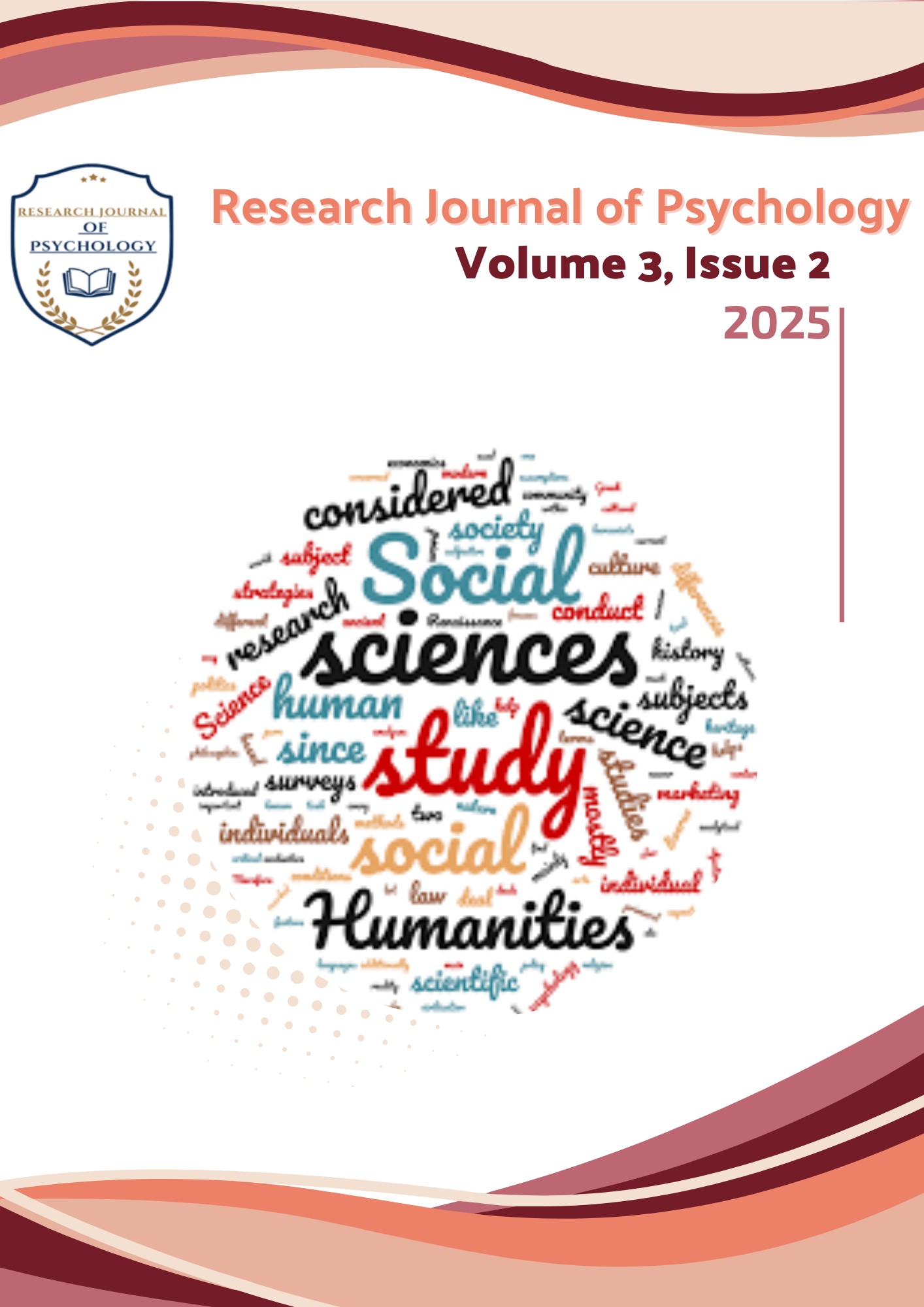Effect of Protective Psychological Factors on Life Satisfaction among Acne Patients
DOI:
https://doi.org/10.59075/rjs.v3i2.115Keywords:
Protective psychological factors, life satisfaction, acne patientsAbstract
The present study examines the effect of protective psychological factors on life satisfaction among acne patients. The study was based on a cross-sectional survey research design. Participants comprised acne patients (N = 300) that include both male patients (n = 150, 50%) and female patients (n = 150, 50%) from different hospitals, clinics, colleges, and universities of Hazara Division. Data were collected by using a purposive sampling technique. Four standardized instruments with good psychometric properties and reliability were used to measure protective psychological factors (optimism, positive efficacy expectancies, self-compassion) and life satisfaction. Pearson correlation, multiple regression analysis, t-test, one-way ANOVA, and post‒hoc analysis are applied to analyze data. The findings of the study revealed that protective psychological factors positively predicted life satisfaction. Findings also revealed demographic differences on study variables. The study is an important addition to the existing body of knowledge. The results of the study will be a good reference for clinicians to understand the situation of acne patients and help them accordingly.
Downloads
Published
How to Cite
Issue
Section
License
Copyright (c) 2025 Research Journal of Psychology

This work is licensed under a Creative Commons Attribution 4.0 International License.







